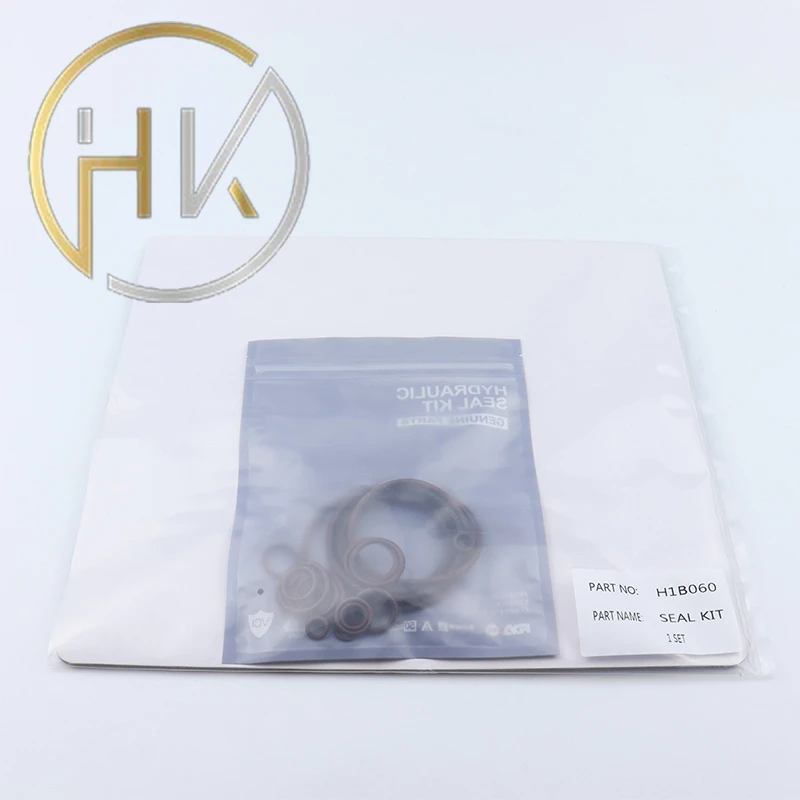9 月 . 23, 2024 20:10 Back to list
Hydraulic Cylinder Seal and Wiper Selection for Optimal Performance and Longevity
Hydraulic Cylinder Seals and Wipers Essential Components for Optimal Performance
Hydraulic systems are integral to modern machinery, driving various applications in industries ranging from construction to manufacturing. At the core of these systems lies the hydraulic cylinder, which converts hydraulic energy into mechanical force. However, to ensure the efficiency and longevity of hydraulic cylinders, the importance of effective seals and wipers cannot be overstated.
Understanding Hydraulic Cylinder Seals
Hydraulic cylinder seals are critical components that prevent fluid leakage, maintain pressure, and protect the internal components of the cylinder. They are designed to create a barrier between the cylinder barrel and the piston, which allows the hydraulic fluid to exert pressure effectively without escaping. There are several types of seals used in hydraulic cylinders, each engineered to fulfill specific functions and withstand various operating conditions.
1. Dynamic Seals These seals are in constant motion, as they sit between the moving piston and the cylinder barrel. The most common types are O-rings, U-cups, and rod seals. Dynamic seals must endure not only pressure and temperature changes but also the wear and tear from continuous movement.
2. Static Seals Located at ports or flange connections, static seals are stationary and function to seal the assembly where no movement occurs. Gaskets and backup rings can be categorized as static seals, which primarily prevent leakage under pressure.
3. End Seals These seals are used at the cylinder ends to prevent hydraulic fluid from leaking out of the cylinder. They also keep contaminants from entering the cylinder assembly. End seals are often integrated into the design of the cylinder and play a critical role in maintaining overall system integrity.
Selecting the appropriate seal material is crucial, as it impacts the seal's performance and longevity. Common materials include nitrile rubber, polyurethane, and fluorocarbon, each offering varying degrees of resistance to temperature fluctuations, fluid compatibility, and abrasion.
The Role of Wipers in Hydraulic Systems
While seals are vital for preventing fluid loss, wipers (or scrapers) serve a different yet equally important purpose. Wipers are positioned at the rod exit of the hydraulic cylinder, designed to remove debris, dust, and other contaminants from the rod surface before they can enter the cylinder. This prevents contamination that can lead to increased wear on seals and moving parts, ultimately extending the lifespan of the hydraulic system.
hydraulic cylinder seals and wipers

The effectiveness of wipers is determined by their design and the materials used. Some wipers feature multiple lip designs or special geometries that enhance their cleaning ability, ensuring that only clean rod surfaces enter the cylinder. The materials used for wipers must also be robust enough to resist wear and the harsh conditions typical of hydraulic environments.
Maintenance and Best Practices
To maximize the performance and lifespan of hydraulic cylinder seals and wipers, regular maintenance is essential. Here are some best practices
1. Regular Inspection Periodically check seals and wipers for signs of wear, deformation, or damage. Early detection of issues can prevent larger problems, such as leaks or cylinder failure.
2. Cleanliness is Key Ensure that the areas around hydraulic cylinders are kept clean to minimize the introduction of dirt and debris. Use protective covers when machinery is not in operation to maintain cleanliness.
3. Proper Installation Ensure that seals and wipers are installed correctly, following manufacturer guidelines. Incorrect installation can lead to premature failure.
4. Choose the Right Components Use seals and wipers that are specifically designed for the hydraulic fluid and environmental conditions in your application. Compatibility is key in preventing degradation and ensuring optimal performance.
5. Monitor System Performance Keep an eye on the performance of hydraulic systems. Any noticeable changes in performance could indicate a problem with seals or wipers that may require immediate attention.
Conclusion
Hydraulic cylinder seals and wipers play essential roles in maintaining the efficiency and longevity of hydraulic systems. By understanding their functions and implementing effective maintenance practices, operators can enhance the performance of hydraulic cylinders, reduce downtime, and ultimately save on repair costs. Invest in quality seals and wipers, and regularly inspect and maintain these components to ensure reliable and efficient operation in demanding hydraulic applications.
-
The Power of Advanced Sealing: High-Pressure Solutions for Modern Machinery
NewsOct.29,2024
-
Optimizing Machinery with High-Performance Oil Seals
NewsOct.29,2024
-
Maximizing Machinery Efficiency with Advanced Oil Seals
NewsOct.29,2024
-
Ensuring Equipment Longevity with Quality Oil Seals
NewsOct.29,2024
-
Enhance Equipment Performance with Quality Oil Seals
NewsOct.29,2024
-
Custom Oil Seals for Specialized Machinery Needs
NewsOct.29,2024
-
The Role of Wiper Seals in Dust Sealing and Oil Protection
NewsOct.20,2024
Products categories
















